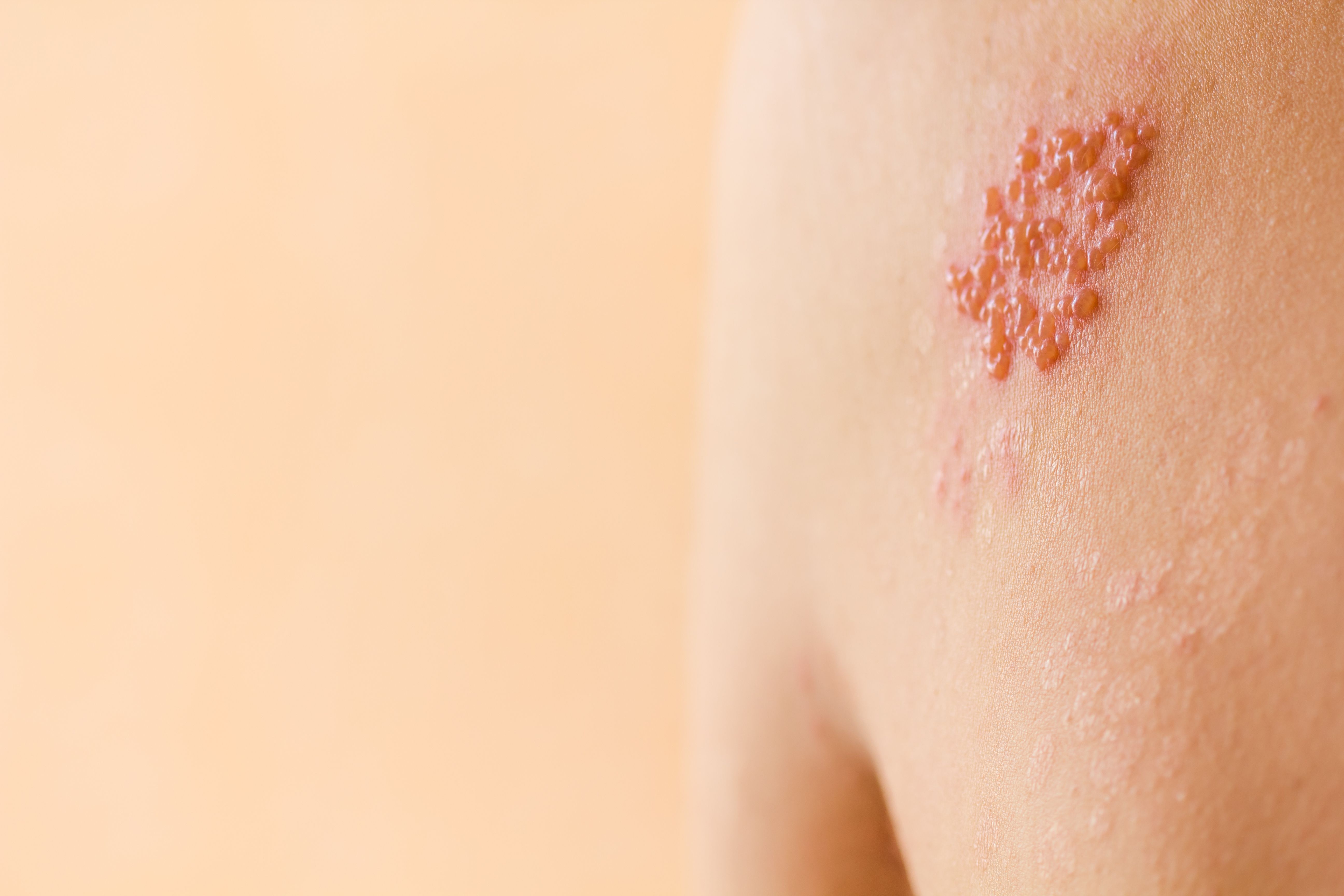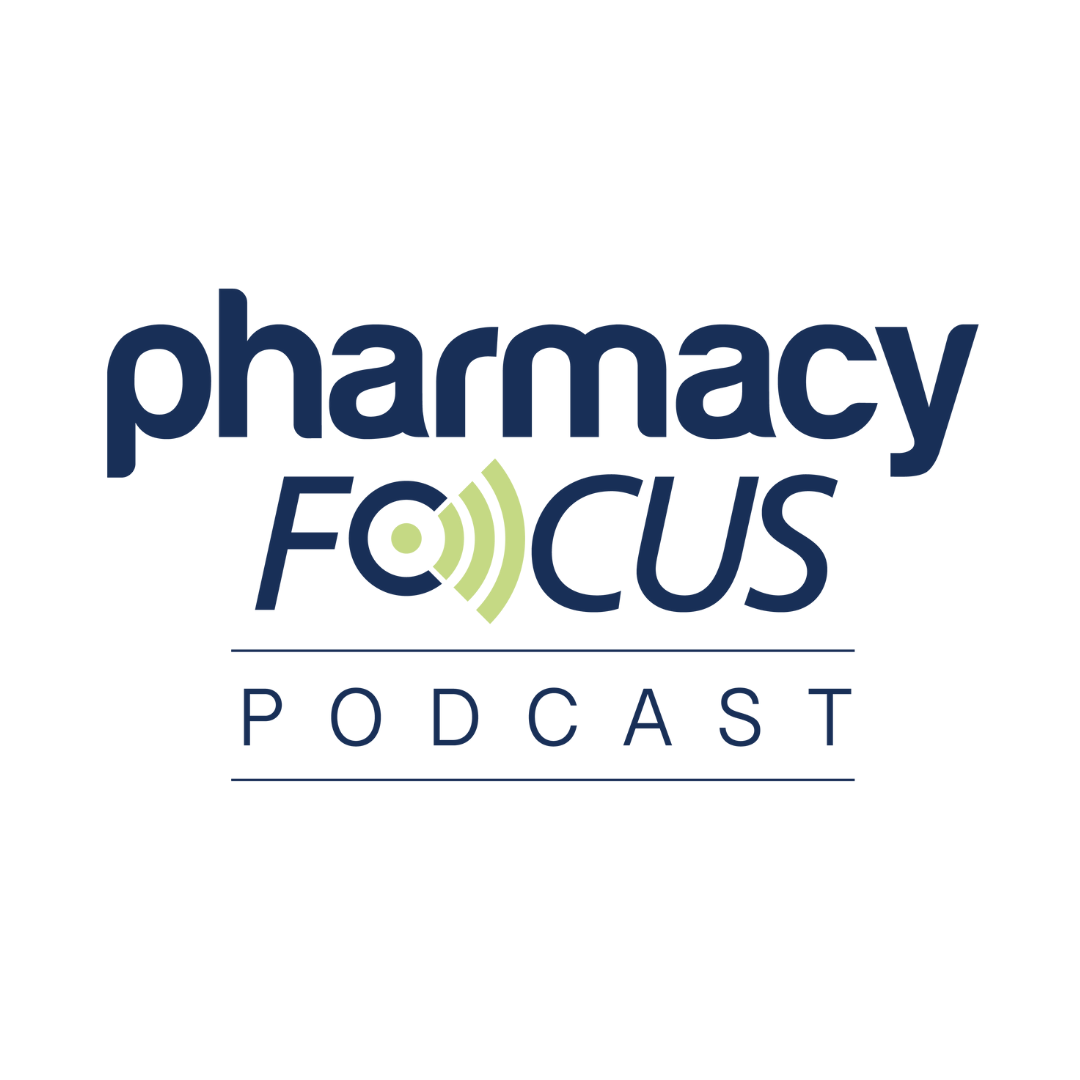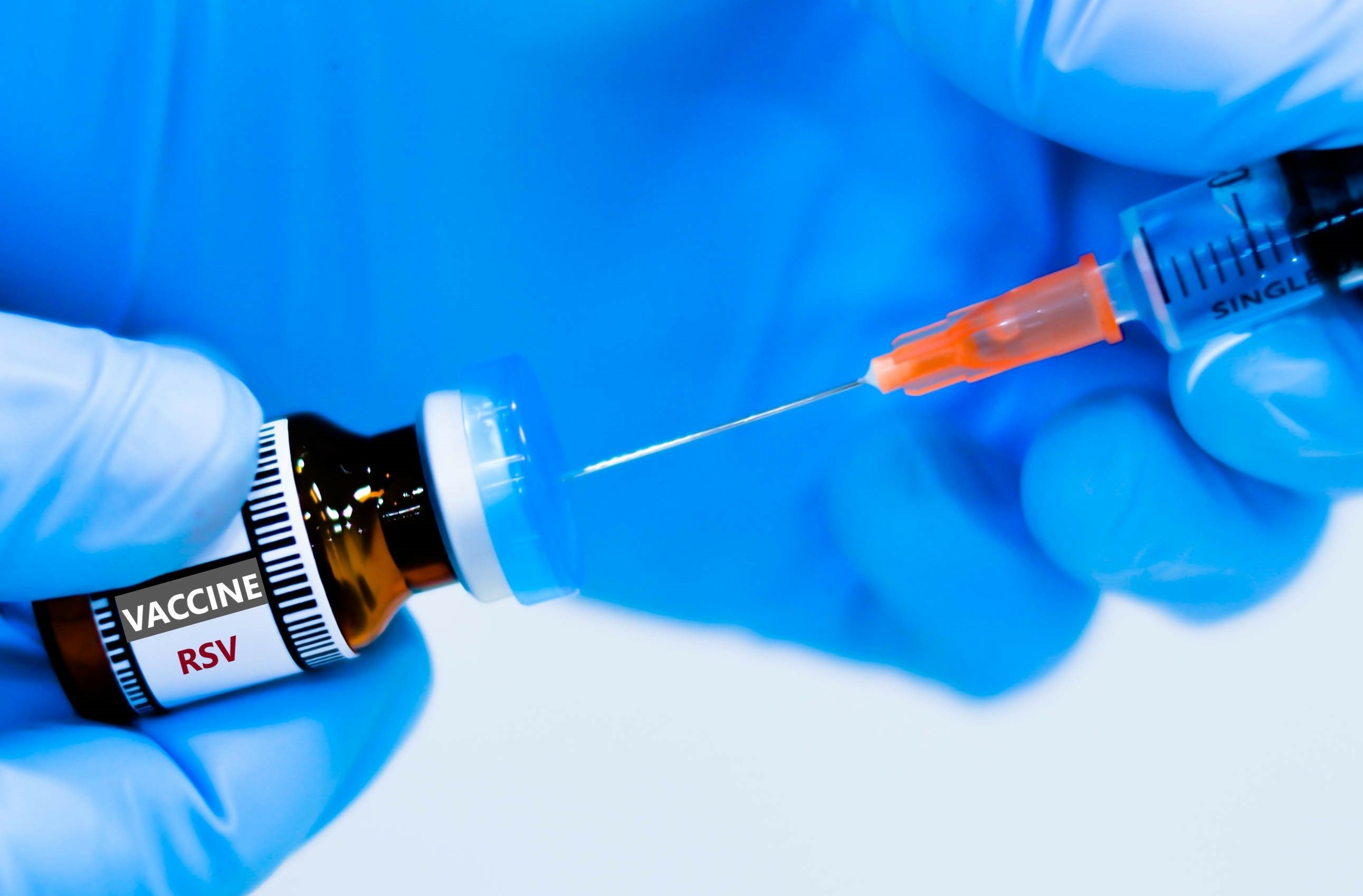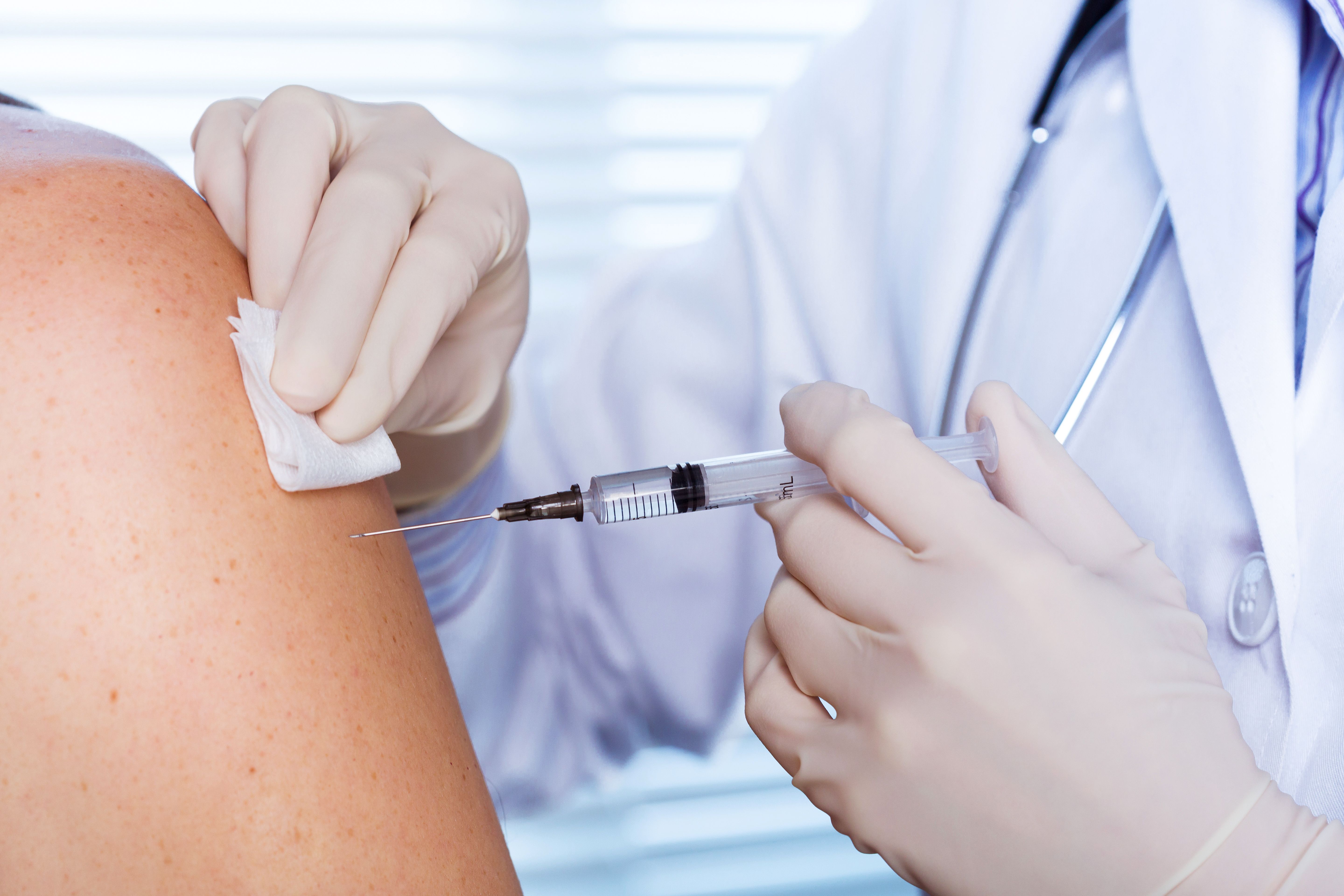News
Article
A Review of Treatment Options for Shingles
Author(s):
Key Takeaways
- Shingles, caused by the varicella-zoster virus, can lead to painful rashes and complications like postherpetic neuralgia (PHN).
- The Shingrix vaccine is recommended for individuals over 50 and those with weakened immune systems to prevent shingles.
Antiviral treatments can accelerate healing and reduce complications.
Shingles is viral infection that can impact the entire body and anywhere on the body surface area. This disease can cause a severe rash, which is usually very painful to touch. The rash typically looks like a series of blisters lined up in a stripe together that wraps around one side of the torso. Many patients may experience rashes on the lower back and complain of extreme pain around where the kidneys are. In some cases, the pain is so significant that patients are unable to wear any clothes that may brush against the affected area.
Patients with shingles experience a painful rash | Image credit: snesivan | stock.adobe.com

Shingles is caused by the varicella-zoster virus, which is the same virus that causes chickenpox. After exposure to chickenpox during childhood, many adults have the virus in their body for the rest of their lives. Years later, the virus may reactivate as shingles. Shingles is not a life-threatening disease, but it can be very painful and debilitating.¹
About 1 in 3 individuals in the United States develop shingles at least once during their lifetime. Fewer than 100 individuals die from shingles each year. As patients age, the immune system gets weaker, and shingles can impact their life more significantly than in younger individuals. About 10% to 18% of individuals with shingles will also experience postherpetic neuralgia (PHN), which is a chronic pain condition that develops after the shingles rash has resolved. The likelihood of experiencing PHN increases as patients get older.²
Shingles symptoms may include sensitivity to touch, burning pain, tingling, itching, fever, headache, sensitivity to light, and fatigue. In those who have not experienced shingles before, the pain can be mistaken for other health problems such as heart disease, lung disease, or kidney failure. Individuals affected can pass the varicella-zoster virus through direct contact with the open sores of the rash to anyone who is not immune to the virus or has not had chickenpox. Once infected, the person impacted may develop chickenpox, rather than shingles. In cases where shingles affects the eyes, the rash can be very severe, even causing vision loss.¹
Adults can take preventive precautions to avoid contracting shingles. Those who are eligible should get the zoster vaccine (Shingrix; GSK), which is approved by the FDA and recommended for individuals aged 50 and older regardless of previous shingles experience. Shingrix is also recommended for individuals who are 19 years of age and older with weakened immune systems due to health conditions or certain medications. The vaccine is administered in 2 doses, with 2 to 6 months between the doses. The most common adverse effects include redness, pain, swelling, and injection site reactions.3
There is no cure for shingles, but treatments may help alleviate pain and accelerate healing. Early treatment options may include using antiviral drugs to accelerate healing and reduce complications. These medications may include acyclovir, famciclovir, valacyclovir, and capsaicin topical patch. There are other anticonvulsants that can be used for treatment of shingles, such as gabapentin, as well as tricyclic antidepressants, such as amitriptyline. Some providers may also prescribe lidocaine in a gel, cream, or spray formulation to help numb pain at the location of the rash.
It is recommended for infected individuals to get their vaccination on time, complete the full course of treatment, and take precautions when in close contact with others that may have shingles. By providing comprehensive and accessible information, pharmacists can empower patients to make informed decisions about their health and reduce the burden of shingles.





